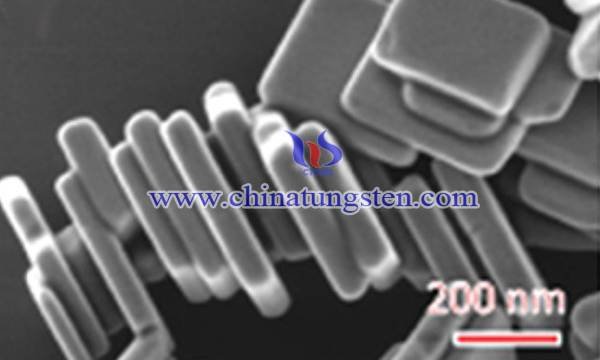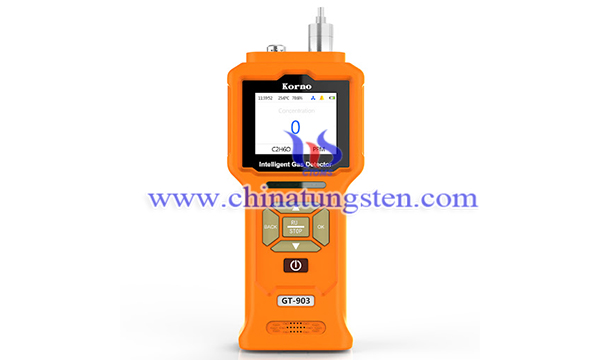Hydrothermal Synthesis of Tungsten Trioxide Nanosheets
- Details
- Category: Tungsten Information
- Published on Saturday, 25 September 2021 10:39
Tungsten oxide nanomaterials have been widely studied due to their excellent gas sensitivity, photocatalysis, electrochromic and other properties. Tungsten trioxide (WO3) with nanostructures is expected to be a candidate material for gas sensors for detecting various gases (NH3, H2S, NO2, CH3OH, etc.). Tungsten oxide nanomaterials with specific size and morphology are synthesized by thermal oxidation method, hydrothermal method, electrochemical anodic oxidation method and other methods. Hydrothermal synthesis specifically shows much more advantages of more effective, low cost, easier to operate and environmentally friendly.
Tungsten trioxide (WO3) nanosheets has been prepared using a simple yet efficient hydrothermal synthesis. The WO3 nanosheets reveals excellent gas-sensing properties and can use as promising sensor materials detecting ethanol with low concentration. The synthesis process of WO3 is as below:

All the reagents were analytical grade and without further purification. We adopted a facile hydrothermal method to synthesize the nanostructures. First of all, 32 ml of deionized water and 8 ml glycerol (C3H8O3) were mixed into a mixture, then 1.6 nmol of sodium tungstate dihydrate (Na2WO4·2H2O) and 3 nmol oleic acid (C18H34O2) were dispersed into the mixture, and stirred for 15 min with a magnetic stirrer. Secondly, the pH of the mixture was adjusted to 1.25 by HCl. After stirring for 15 min, the solution was transferred into the Teflon-lined stainless steel autoclave and treated at 120°C during 12 h under autogenously pressure. Finally, the obtained particles were washed by deionized and alcohol to remove the unexpected ions by high-speed centrifugation and then dried at 60°C for 10 h in air.

In conclusion, tungsten trioxide (WO3) nanosheets has been prepared using a simple yet efficient hydrothermal synthesis route. The WO3 nano-sheets are self-assembled as well to form ordered one-dimensional chain nanostructure. A comprehensive microscopic characterization reveals that the nano-sheets have triangular and circular two different shape edges, dislocation and stacking faults are also observed, which should have implications for our understanding of catalytic activity of ceria. We also propose a growth mechanism for the nano-sheets. As a result of this unique morphology, this WO3 nano-sheets are found to show excellent gas-sensing properties which can use as promising sensor materials detecting ethanol with low concentration.
- Tungsten Oxide Manufacturer & Supplier, Chinatungsten Online: www.tungsten-oxide.com
- Tungsten News & Prices of China Tungsten Industry Association: www.ctia.com.cn
- Molybdenum News & Price: news.molybdenum.com.cn
- Tel.: 86 592 5129696; Fax: 86 592 5129797; Email: sales@chinatungsten.com



 sales@chinatungsten.com
sales@chinatungsten.com